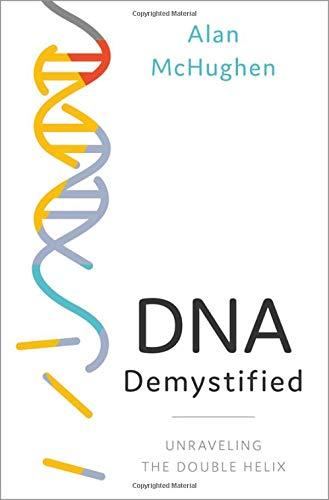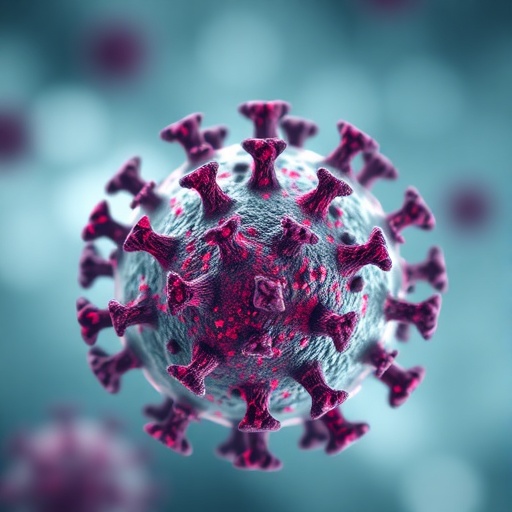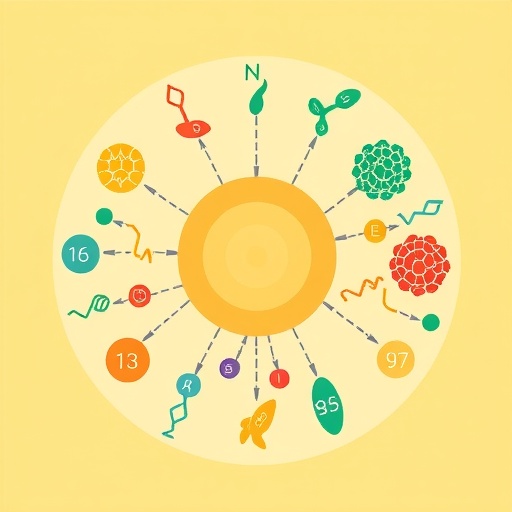“It’s complex, but it’s not magic”

Credit: Alan McHughen
After 50 years of research, UC Riverside geneticist Alan McHughen knows what DNA can and can’t do. Now, he’s written a book so that the rest of us can understand too.
DNA is a molecule that carries instructions, like a recipe book, guiding how cells function in all living things, including many viruses. As it’s now used to solve crimes, predict the onset of disease, and tailor medical treatments, DNA factors into the news with increasing frequency.
With the additional exposure in popular media, McHughen also finds a lot of misinformation proliferates about DNA. For example, there is a popular belief that human DNA is somehow different from the DNA of other animals — which it is not.
McHughen wrote DNA Demystified to sort the facts from fiction.
He couldn’t foresee when he wrote the book that the topic would gain additional importance with the outbreak of the COVID-19 pandemic. However, the book helps answer questions about why the virus is lethal for some people and not others, explains the genetic structure of viruses like SARS-CoV-2, and offers a foundation for assessing claims of cures.
“DNA Demystified” can also help readers assess the value of DNA-based services being offered by a variety of startups.
“Some companies will tell you what type of wines you’d most enjoy based on your DNA,” McHughen said. “Are such services legitimate? Some are and some — the science isn’t there yet.”
Some readers might have fears about privacy issues arising from DNA-based services such as those that test for family origin or medical issues. Others may choose not to have their genetic material examined out of fear that employers or governments may obtain the information. According to McHughen, these fears are justified but possibly overblown.
“There is no need for paranoia here,” he said. “Our DNA is already out there – we shed it every time we go outside, every time we discard a Kleenex, a coffee cup, or a bandage. If a corporation wants your DNA, they’ll likely already have it.”
Hoping to address these types of fears, the book contains a chapter about the ethical use of DNA by companies as well as consumers. Parents can now go to a genetic counseling company and ask for blue eyes and type O blood. However, it’s not clear whether such services should be rendered, even if they are possible.
“We can’t leave it up to scientists like me to decide the answer, we as a society have to grapple with this,” he said.
McHughen came to UCR in 2002 and examines public safety issues that arise from using DNA editing technology to improve agriculture. He helped develop U.S. and Canadian regulations governing the safety of genetically engineered foods. His hope is that with this book, he can increase the level of thoughtful discourse around genetic engineering and gene editing.
“There’s a lot of interest in it, but not a lot of understanding,” McHughen said. “It is complex, but it’s not magic. Not every problem can be solved with DNA analysis.”
###
Media Contact
Jules Bernstein
[email protected]
Original Source
https:/




